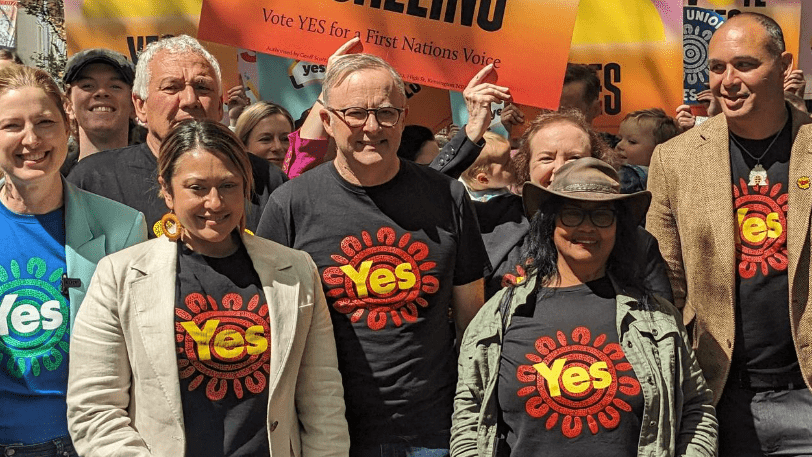The ripple effects of the current economic crisis are redefining relationships, reshaping spending habits, and driving a shift toward underconsumption. As Australians navigate mounting financial and social pressures, these changes are leaving a lasting impact on personal connections and consumer behaviour.
As the country grapples with the cost-of-living crisis, its effects are seeping into every aspect of life, including relationships. Around 5.6 million Australians have faced relationship pressures in the past six months, according to Relationships Australia’s latest findings.
“Our findings show that cost of living is more than just a financial issue—it’s fundamentally reshaping how Australians experience and maintain their relationships,” National Executive Officer Nick Tebbey said.
Rebecca Pike, money expert at Finder, said, “Rising costs are pushing Australians to reassess their priorities, highlighting the economic pressures impacting real relationships.”

Finder’s survey reveals that 80 per cent of Australians are under financial strain, with Gen Z hit the hardest—77 per cent feeling burdened by money worries, followed by 67 per cent of Gen Y.
Additionally, one in five (21 per cent) respondents said they have broken up with a friend or reduced the size of their friend group due to the cost of living.
This financial strain is not only reshaping relationships but also altering spending habits across the country. With the holidays around the corner, Australians are expected to spend $1.6 billion less than last year, according to research from Finder.
This represents an 8 per cent drop in estimated nationwide spending, from $30 billion in 2023 to $28.4 billion this year.
The Salvation Army revealed similarly stark figures. “Nearly 40% of Australians have had to forgo holidays, 24% will not have enough food, and 35.8% will have fewer people over this Christmas due to the cost-of-living crisis,” said Major Bruce Harmer.
“We have never seen the volume and widespread nature of need across the country like we are right now.”
The Underconsumption Movement
Amid soaring expenses and economic hardship, a social media trend known as the underconsumption movement is gaining momentum.
The movement encourages people to buy only the essentials, maximise the use of what they already own, and consider the environmental impact of their choices.
This pushback against consumerism has taken many forms, including minimalism, de-influencing, and anti-haul content on social media.
Social media content creator Heidi Becker’s slam poetry video on overconsumption has garnered over 13 million views on TikTok and Instagram, offering a fresh perspective on the trend.
Underconsumption may stem from factors like rising unemployment, stagnant wages, and inflation, but it also reflects the overwhelming abundance of content and choices in the digital age.
The Netflix documentary Buy Now! The Shopping Conspiracy highlights the scale of consumerism globally, showing how curated content creates the illusion of endless choice and fosters a mindset of constant consumption.
The Pandemic and Online Shopping
While the pandemic accelerated online shopping habits, it also entrenched a culture of relentless consumption. According to Australia Post, online shopping grew by 57 per cent in 2020 compared to the previous year, with the trend continuing into 2021 and 2022.
Influencers and omnipresent marketing have since deepened our digital habits, exposing consumers to constant pressure to buy.
Even when not actively shopping, Australians are inundated with advertisements that fuel dissatisfaction and a desire to consume. For those choosing to buy only what they need, this culture of consumption often leaves them feeling inadequate or unfulfilled.
Sustainable Choices
The drive toward sustainability is another facet of this shift. According to Nielsen, 73% of global consumers say they would likely change their consumption habits to reduce their environmental impact, such as choosing organic, biodegradable, and sustainably made products
However, sustainability has its own challenges. Research by Statista on clothing disposal practices in Australia revealed that one in 10 respondents discard clothing items at least once a month or more often, creating an excess of donations and waste.
A Movement Beyond Financial Distress
The underconsumption trend aligns well with the current economic climate, offering a sense of community and shared purpose. People feel they are part of a movement that extends beyond financial distress, redefining personal priorities and fostering a collective response to both economic and environmental challenges.
As Australia faces these turbulent times, one thing is clear: the cost-of-living crisis is transforming not only our wallets but also the ways in which we connect, consume, and adapt to an ever-changing world.

